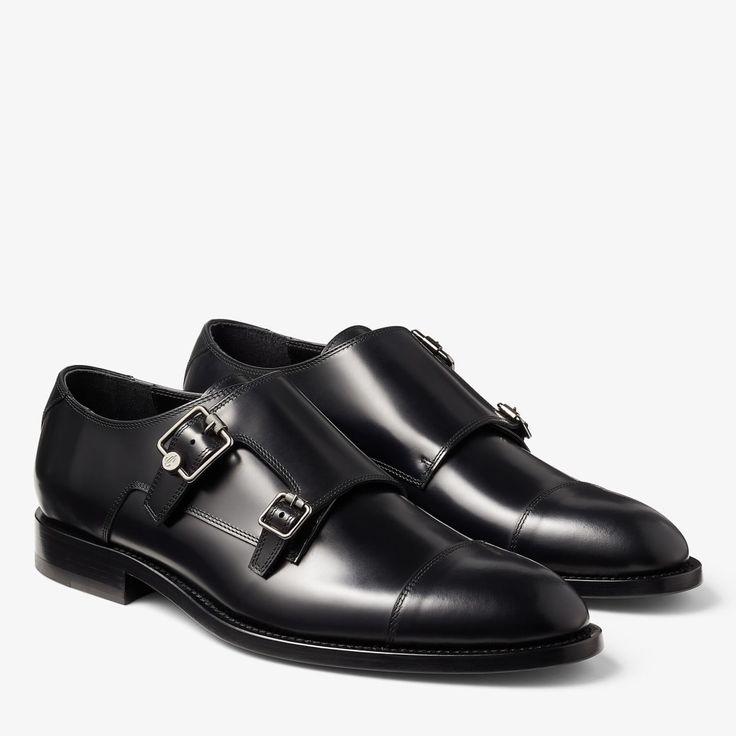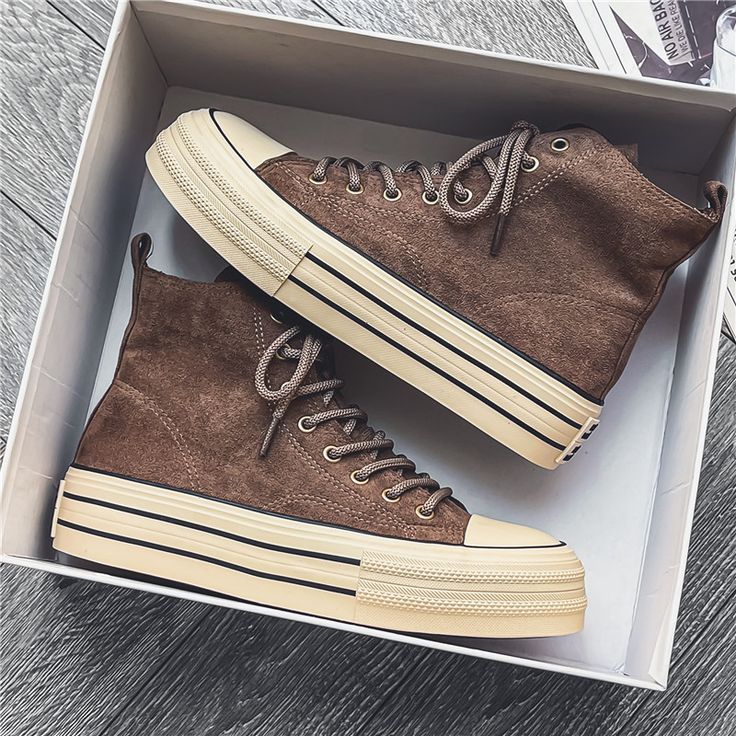The Basics: Must-Have Shoes for Men
Navigating the vast world of men’s footwear can seem daunting. Yet, some styles are essential for a well-rounded wardrobe. Knowing how many pairs of shoes a man should own starts with the basics. Every man’s collection should include dress shoes, casual shoes, and athletic shoes. Let’s explore why each type is a must-have.
Dress Shoes
Dress shoes are the cornerstone of formal and business attire. They can elevate any outfit, making them a key investment for any man who takes his appearance seriously. With a variety of styles, like Oxfords and loafers, dress shoes can match a range of outfits. It’s not about having many, but having the right pairs that matter.
Casual Shoes
Casual shoes blend comfort with style. They should be versatile enough to go with jeans or chinos. Sneakers, boat shoes, and desert boots are some of the popular choices. They embody ease and practicality without sacrificing looks. Having a few pairs on hand ensures readiness for any casual outing.
Athletic Shoes
Whether it’s hitting the gym or going for a run, the right athletic shoes are crucial. They provide the support and comfort needed for physical activities. Athletic shoes are designed for performance, but they’ve also become a staple for casual wear. Running shoes and gym trainers, for example, can also complement a casual, sporty look.

Dressing Up: Formal and Business Occasions
Dressing sharply for formal events or business settings is essential for any man. The right footwear can complete an outfit, providing class and confidence. Understanding how many pairs of shoes a man should own includes considering formal occasions.
Oxford Shoes
The Oxford shoe is a staple for formal wear. It features a closed lacing system, offering a sleek profile. Ideal for suits and business attire, every man should have at least one pair of Oxfords. Ideally, one in black for formal events and another in brown for versatility in less formal settings.
Loafers
Loafers offer an easy slip-on style that doesn’t skimp on sophistication. Perfect for business-casual environments, loafers work well with slacks or even jeans. They come in various materials and finishes, with leather being a popular choice for durability and style.
Brogues
Brogues are known for their decorative perforations and toe cap designs. They can add a touch of personality to dressier ensembles. While not as formal as Oxfords, brogues are suitable for office wear and semi-formal occasions. They pair well with tweed, wool, or even denim, making them a versatile pick for a well-equipped shoe wardrobe.
Casual Essentials: Versatility Meets Comfort
When it comes to everyday wear, comfort combined with style is key. Casual shoes form a crucial part of a man’s wardrobe, providing the necessary versatility for various settings. This section details the must-have casual shoes that ensure both comfort and style.
Sneakers
Sneakers are the epitome of casual footwear. They are perfect for a relaxed look yet smart enough for social gatherings. Every man should own a pair of quality sneakers that suits his lifestyle. They are ideal for long walks, a day out in the city, or just a casual meeting with friends.
Boat Shoes
Boat shoes are another essential in the casual shoe lineup. Originally designed for sailors, these shoes have traversed into mainstream fashion due to their comfort and durability. They are best worn in warm weather, paired with shorts or chinos. Boat shoes add a touch of laid-back sophistication to any casual outfit.
Desert Boots
Desert boots offer a stylish yet simple design that pairs well with most casual attire. Made from soft leather or suede, these boots are known for their comfort and versatility. They work well for cooler temperatures, making them an excellent choice for transitional weather. Desert boots can bridge the gap between too casual and overly formal, making them a valuable addition to your shoe collection.

Athletic and Activity-Based Footwear
Choosing the right shoes for athletic activities is crucial. Athletic footwear should provide both support and comfort during intense physical activities. This category covers shoes specifically designed for running and gym training. Each type has features that cater to the specific demands of these activities.
Running Shoes
Running shoes are essential for any man who runs, whether for exercise or competition. Good running shoes provide cushioning, support, and stability. They also need to match the runner’s foot type and running style. It’s important to consider tread patterns for grip, especially for different terrains.
Gym Trainers
Gym trainers are versatile shoes designed for various activities inside the gym. They ensure comfort and flexibility during workouts. These shoes often feature enhanced support for lateral movements and cushioning for high-impact exercises. Choosing the right gym trainers can improve performance and prevent injuries.
Seasonal Footwear Choices
As seasons change, so should your footwear to match the weather and activities. When considering how many pairs of shoes a man should own, seasonal variations play a role. Let’s look at the essential shoes for the two extreme seasons: winter and summer.
Winter Boots
Winter boots are essential for cold, snowy, or wet conditions. They offer insulation to keep feet warm and protection from the elements. Look for waterproof materials and non-slip soles for safety in ice and snow. Every man needs at least one sturdy pair of winter boots for these months. Choose a style that fits well with your winter coat for a polished look.
Summer Sandals
When temperatures rise, feet need to breathe. Summer sandals are perfect for hot weather and vacation settings. Opt for comfortable, durable sandals with good support to prevent foot fatigue. A quality pair of sandals is a must for beach trips, casual walks, or backyard barbecues. Go for minimalistic designs that easily pair with shorts or lightweight trousers.

Specialty Shoes
Beyond everyday wear, some situations call for specialty footwear. Here, we discuss two key types: hiking shoes and travel-friendly shoes.
Hiking Shoes
Hiking shoes are a necessity for outdoor adventurers. These shoes provide support and durability for rough terrain. They have features like thicker soles and enhanced grip. Good hiking shoes also offer ankle support to prevent injuries. They are perfect for mountain trails or forest walks. When choosing hiking shoes, consider factors like waterproof capabilities and breathability.
Travel-Friendly Shoes
When traveling, comfort and convenience are top priorities. Travel-friendly shoes should be lightweight and easy to pack. They should also provide comfort during long walks or while standing. Many travel shoes are designed to be stylish yet functional. They often feature slip-on or lace-up designs for easy removal. Popular materials include breathable fabrics to keep feet cool and dry. Remember, travel-friendly shoes should transition smoothly from sightseeing to dining out.
Caring for Your Shoes
Proper shoe care is vital to extend their lifespan and appearance. Here are some essential tips to keep your footwear in top shape.
Regular Maintenance Tips
- Clean Regularly: Wipe off dirt and dust from your shoes after each wear to prevent buildup.
- Condition Leather: Apply a quality leather conditioner to prevent cracking and drying out.
- Alternate Shoes: Avoid wearing the same pair daily to allow them to air out and retain their shape.
- Use Shoe Trees: Insert cedar shoe trees when not in use; they absorb moisture and maintain shoe shape.
- Protective Measures: Use water repellent sprays for leather and suede to guard against water and stains.
Regular care keeps shoes looking new and can save you money in the long run.
Storage Solutions
- Proper Shelving: Store shoes on a rack or shelf instead of piling them on the floor.
- Avoid Direct Sunlight: Keep them in a cool, dark place to prevent color fading and material damage.
- Use Shoe Bags: For travel, use breathable shoe bags to protect against scuffs.
- Maintain Air Circulation: Ensure your storage area has good air flow to avoid dampness and odor.
Organizing and properly storing your shoes will protect their materials and keep them ready for use.


